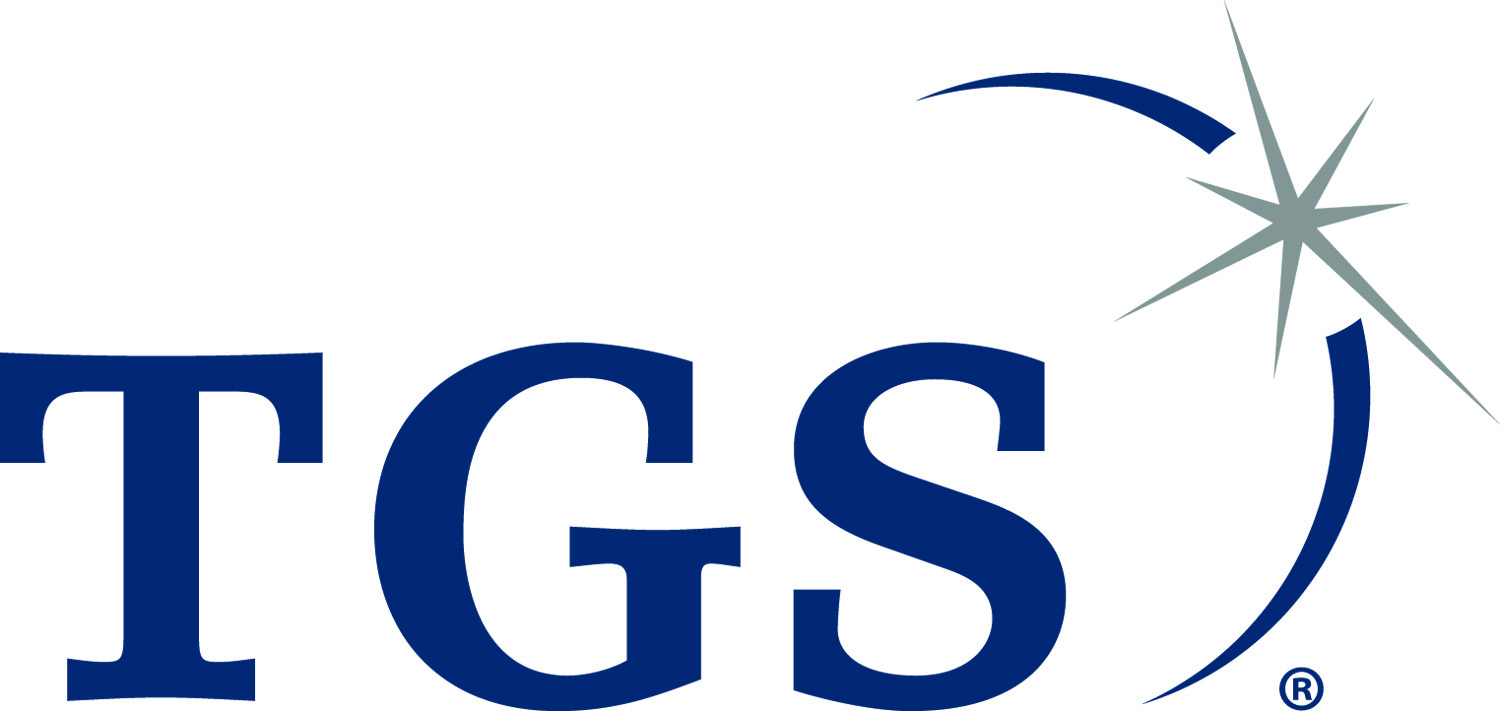Online Only
NOTE: You Must Be Logged In to Register.
Speaker: Tanya Inks, IS Interpretation Services and Mark Willis, Halliburton
We present a summary of a case study from Hereford Field, Colorado which validates the fracture height and density derived from Rapid Time-lapse DAS VSP for use in calculating stimulated rock volume (URTeC 2020 #2757.) We use Rapid Time-Lapse DAS VSP, also called “inter-stage DAS VSP”, to characterize the induced fractures. Several complementing diagnostics of fracture height and fracture density are created, allowing a more complete understanding of reservoir access, fracture barriers, optimum well spacing, and stimulated rock volume.
We make several key observations:
- First, pre-completion fracture density and fracture height play an important role in completion fracture density and fracture height.
- Second, stress-shadowing and anisotropy appear to play a significant role in understanding the fracture geometries from completions and both need to be considered when analyzing the results of the inter-stage DAS VSP.
- Thirdly, in areas with more pervasive natural fracturing, microseismic data show events that imply an increased fracture height extending to the commonly inferred regional fracture barrier. In contrast, the inter-stage DAS VSP data do not show this same increase in fracture height. This may be due to the difference between propped fracture height and un-propped fracture height.
When fiber is not installed in the well, we can use seismic fault likelihood attributes as a proxy for fracture density estimation and other geophysical methods to such as microseismic and seismic azimuthal anisotropy to help us understand the pre-drill and or pre-completion geometries that will affect completions. Of all the tools we examined, only inter-stage VSP interpretation provides both fracture height and fracture density for each stimulation stage.
Speaker Biographies:
Tanya Inks, IS Interpretation Services
Tanya Inks received B.S. and M.S. degrees in geophysical engineering from the Colorado School of Mines. Since 1993, she has been providing integrated geophysical and geologic consulting services in Denver, Colorado. After consulting for Fifth Creek and HighPoint Resources for several years she took a position with HighPoint and focused on the Niobrara/Codell play in the DJ Basin using a rich, diverse dataset, but is now continuing consulting with IS Interpretation Services. Her recent projects have included work several unconventional plays including the Niobrara play and the Marcellus Shale play. She has been a partner and owner of IS Interpretation Services, Inc. since 1998. Previous experience included work as a consultant and manager for Vector Interpretation Services, as an explorationist for Mobil Exploration and Producing US Inc, in the Rocky Mountain and Gulf of Mexico and, prior to graduate school, as a processor for CGG. In addition to her work in the in the DJ Basin and Appalachian Basin, she has contributed her geoscientific expertise to exploration and field development projects in structurally and stratigraphically complex areas, such as the Bearpaw uplift and Disturbed Belt in Montana, The Greater Green River, Wind River and Big Horn Basins of Wyoming, Utah’s Uinta Basin, the North Slope of Alaska, California’s Sacramento and San Joaquin Basins, Oklahoma’s Arkoma Basin, the Williston Basin and international projects in onshore Trinidad, Columbia’s thrust belt, Chile’s Fell Block and Venezuela’s thrust belt. She enjoys “paying it forward” as a mentor to graduate students at Colorado School of Mines. She is a longtime member of the SEG, AAPG, DGS, and RMAG, a trustee for the RMAG Foundation, and has professional certification through the AAPG as a Certified Petroleum Geophysicist.
Mark Willis, Halliburton
Mark E. Willis is a Borehole Seismic Chief Scientific Advisor in the Domain Expert Group at Halliburton. He is responsible for mentoring technologists, developing and promoting geophysical innovations, and fostering long term client relationships. In his career he has performed research and development in distributed acoustic sensing VSP technology, deep sonic imaging, fracture identification using seismic data (time lapse VSP, microseismics and surface seismic scattering), interferometric imaging, Kirchhoff and reverse time depth migration, full waveform inversion, machine learning, velocity model building, and borehole sonic waveform processing. Previous to joining Halliburton in 2011, he worked in various research technology, supervisory and management positions at Mobil Oil, ConocoPhillips, Cambridge GeoSciences, and Massachusetts Institute of Technology. He holds a B.S. in applied math and physics from the University of Wisconsin – Milwaukee and a PhD in geophysics from MIT.
** Access information will be sent to all registrants after registration closes.
Price List:
|
Pre-Registered |
Late/Walk-Up
|
Member
|
Free |
Free |
| Non-Member |
$10 |
$10 |
** Please be aware that ALL registrations must go through 'Checkout', even if your total is zero. Registration is not confirmed until you complete the checkout process.
THANK YOU TO OUR SPONSOR:
